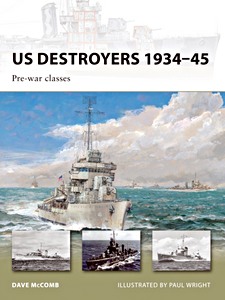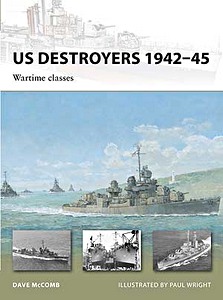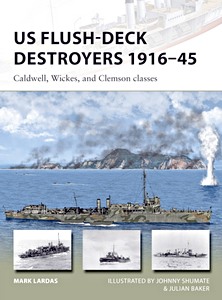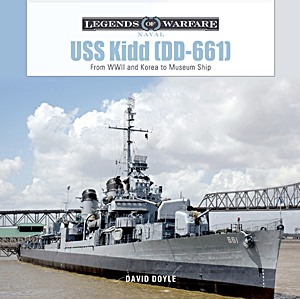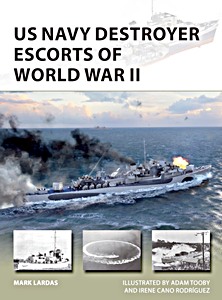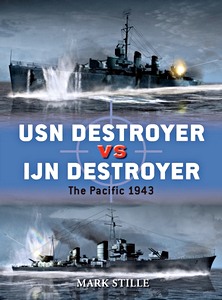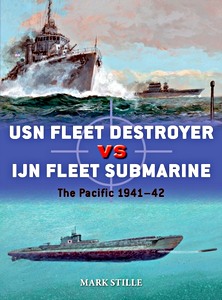U.S. Destroyers - An illustrated design history (Revised Edition)
This is one the most comprehensive references available on the entire development of U.S. Destroyers, from their early torpedo boat forebears to the mass-produced Fletcher-class of World War II, through the Spruance and Perry classes of the Cold War, and to the workhorse Arleigh Burke-class of the contemporary Navy. Like the other books in Friedman's design-history series, U.S. Destroyers is based largely on formerly classified internal U.S. Navy records.
Friedman, a leading authority on U.S. warships, explains the political and technical rationales of warship construction and recounts the evolution of each design. Alan Raven and A.D. Baker III have created detailed scale outboard and plan views of each ship class and of major modifications to many classes. Numerous photographs complement the text.
The Norman Friedman Illustrated Design History series of U.S. warships books has been an industry standard for three decades and has sold thousands of copies worldwide. To mark and celebrate this achievement, the Naval Institute Press is proud to make these books available once more.
Digitally remastered for enhanced photo resolution and quality, corrected, and updated, this series will continue to serve - for scholars and enthusiasts alike - as the foundation for U.S. naval warship research and reference for years to come.
Product details
| Author: | Norman Friedman |
|---|---|
| Details: | 502 pages, 11 x 8.5 x 1.18 in (28 x 21.5 x 3 cm), hardback |
| Illustrations: | many photos and drawings |
| Publisher: | Naval Institute Press (USA, 2021) |
| ISBN: | 9781682477571 |
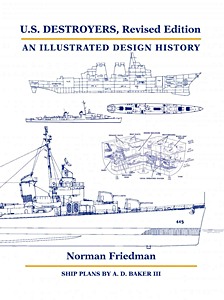
U.S. Destroyers - An illustrated design history (Revised Edition)
Language: English
Available on Amazon - safe payment and fast delivery
Buy on Amazon.comBuy on Amazon UK
Buy on Amazon CA

